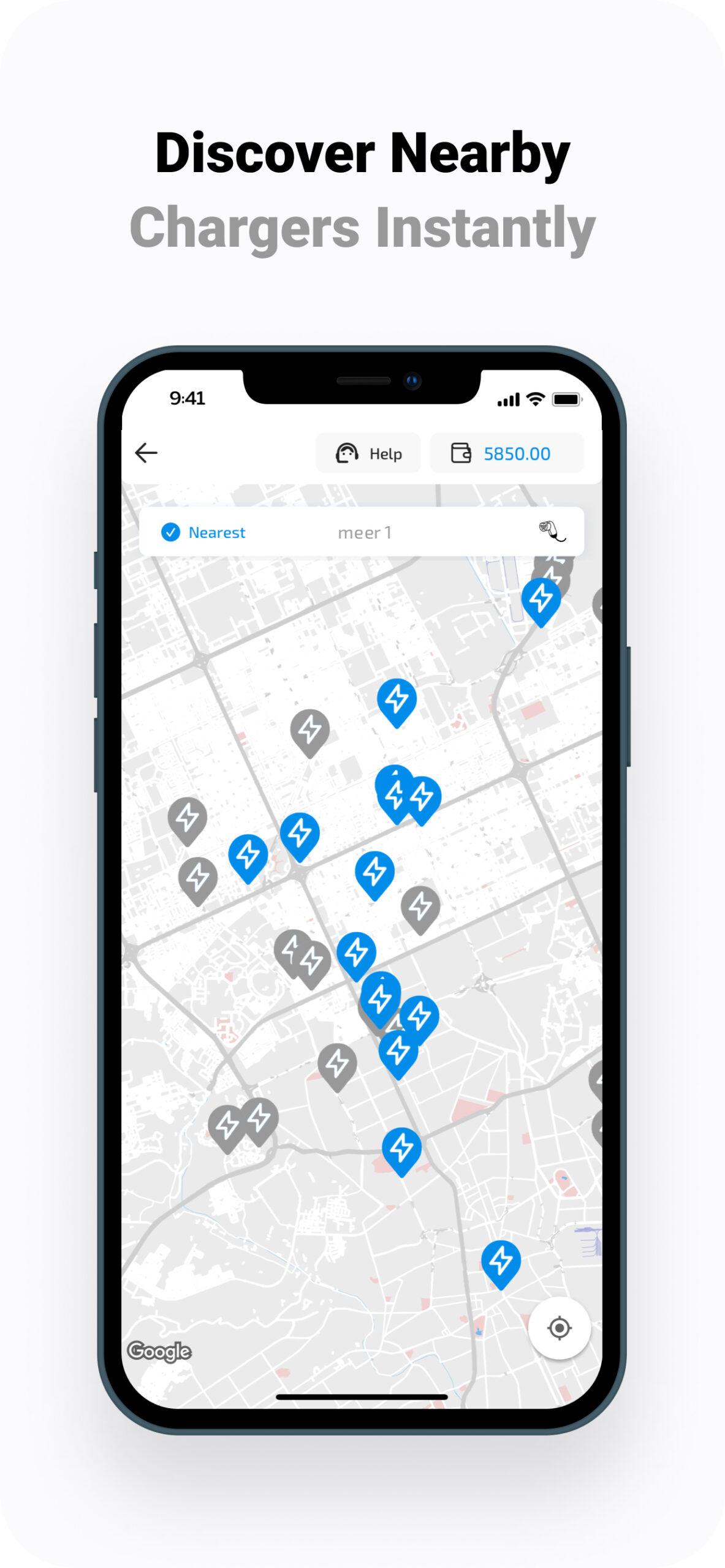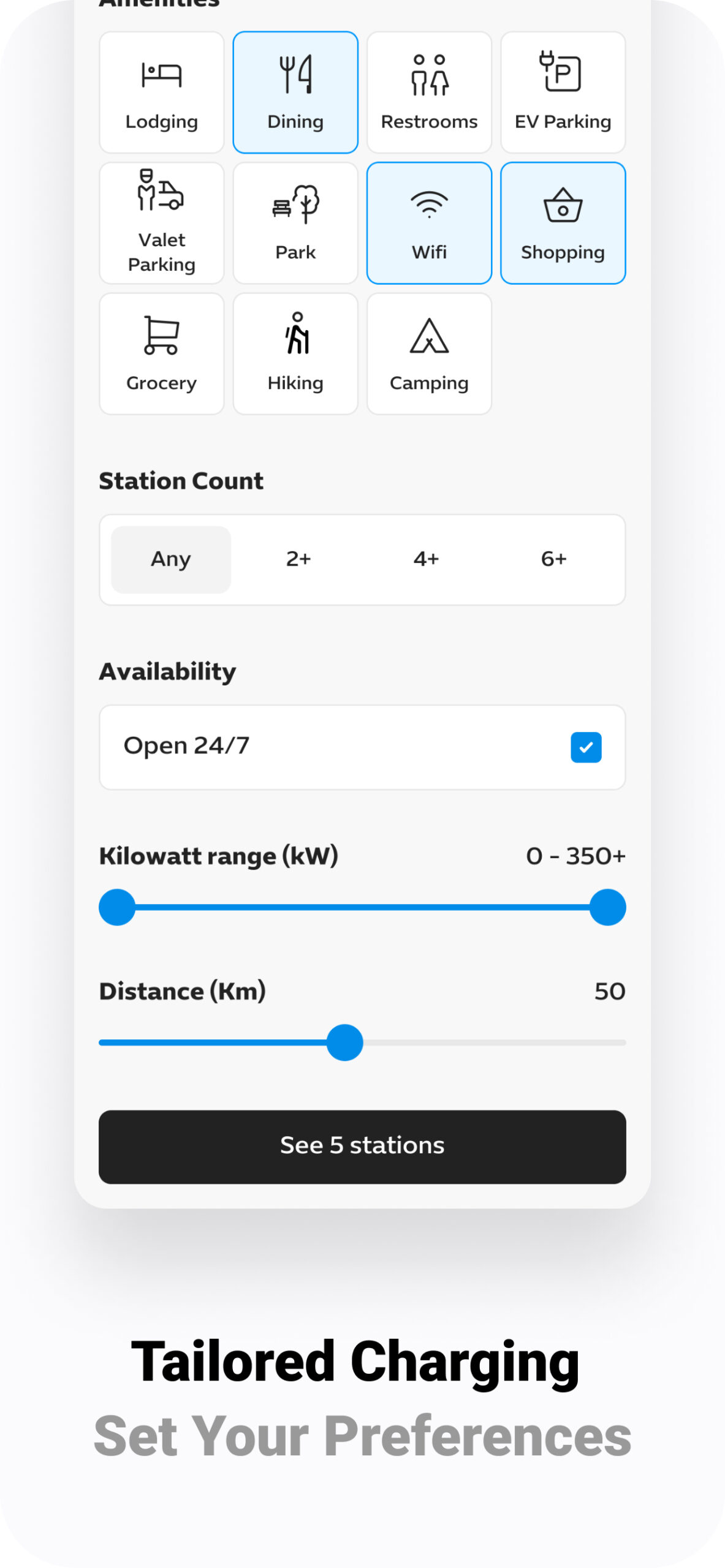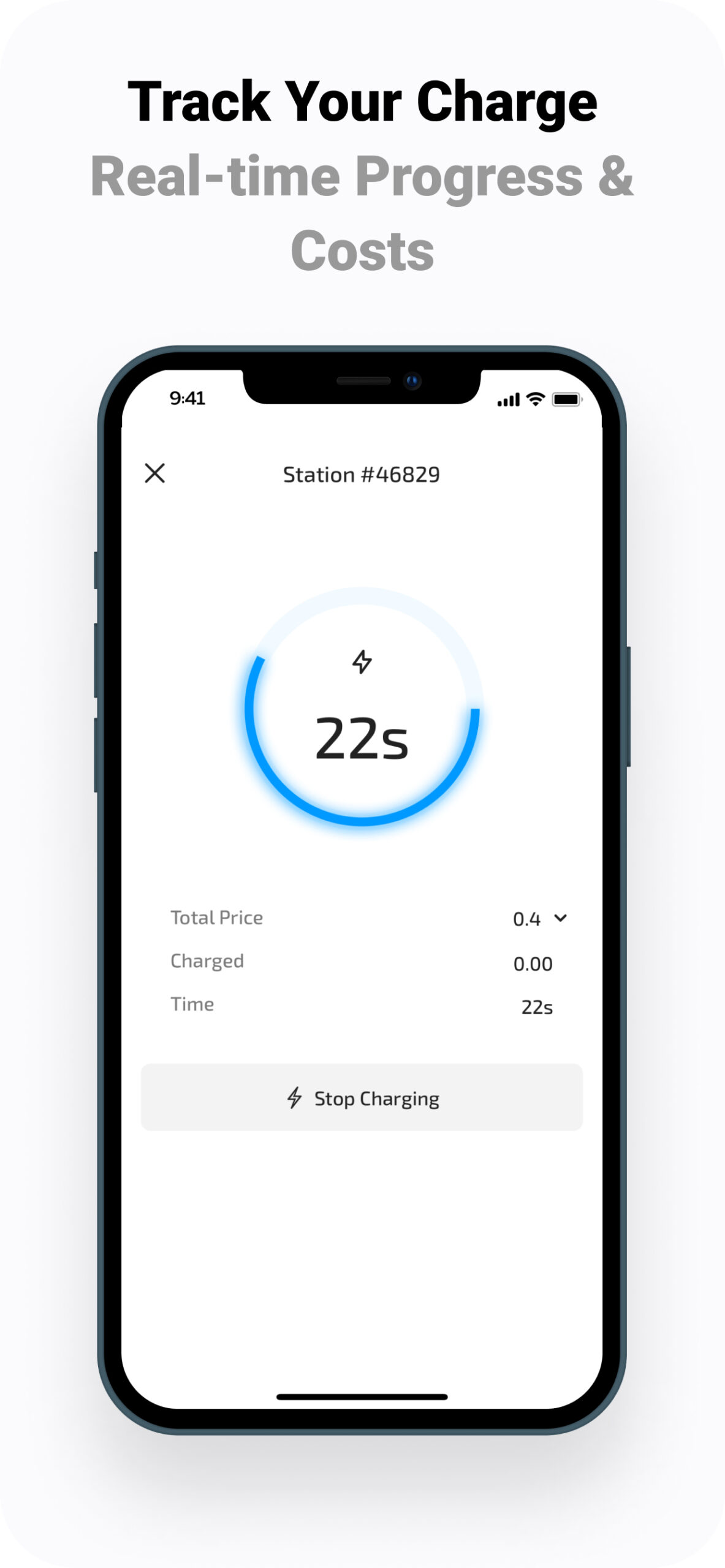Launch Your EV Charging Business. Fast.
All-in-one platform for EV charging management, branded app builder, payments, fleet automation, and AI site planning.
Compatible with most chargers via OCPP/OCPI, and easy to connect through open APIs.
Monitor chargers, engage drivers, and grow your network faster with Powerly.
Get Started – It’s FreeWhite-Label Apps in Minutes



Seamless System Integration
Powerly gives developers the tools to connect everything, fast. Use our open APIs to integrate EV chargers and smart meters into the Powerly backend, then connect your own systems like billing, ERP, and energy platforms.
With clear documentation, flexible endpoints, and real-time data flow, Powerly lets you build custom workflows, automate operations, and scale without limits.
EV Charging for Bubble.io
Easily use EV charging features in your Bubble app — no code required. Use our plugin to connect chargers, manage sessions, and launch custom energy apps in minutes.
Who Powerly Is Built For
OEMs, CPOs, Government Entities, and Software Developers
Developers and Innovators
Access a dynamic ecosystem designed to accelerate innovation in the decentralized energy economy.
Build new energy applications quickly using Powerly’s open API platform.
Integrate EV charging, smart metering, and decentralized energy trading into your apps.
Open API DocsIndividuals and Real Estate Developers
Whether you’re managing a single property or an entire community, Powerly gives you the tools to generate, share, and optimize energy effortlessly.
Offer Open EV Charging Platform, Peer-to-Peer networking, smart metering, and solar integration as premium features, while tracking energy performance and savings through intelligent, AI-driven insights.
Build smarter spaces, empower communities, and future-proof your investment with Powerly.
Start Connecting Your ChargersCities, Fleets, and Utilities
Cut energy costs, strengthen resilience, and deliver smarter public services.
Easily manage public chargers, fleet operations, and city energy infrastructure, all with a platform built for growth and sustainability.
Accelerate your smart city and fleet initiatives with future-ready, scalable solutions.
Request Free DemoWhat can I help with?
Choose a prompt and I’ll reply like ChatGPT — fast, helpful, and straight to the point.
Powerly AI Site Planner
Use Powerly’s AI Site Planner to find the best locations for EV chargers using real-time demand, energy grid data, and traffic flow — ideal for city planners, utilities, and logistics.
Advanced Fleet Management
Powerly’s Fleet Management tools are built for businesses and governments running electric vehicle fleets. From real-time charging session tracking to energy consumption reports, you get full visibility and control, all in one centralized dashboard.
Assign roles to drivers, schedule charging to avoid peak hours, restrict charger access by vehicle or location, and monitor fleet-wide energy performance in real time. Ideal for logistics companies, delivery services, rental operators, and smart city initiatives.
Whether you're managing 5 electric vans or a national fleet of 500+ vehicles, Powerly scales with you.
Subscribe to Unlock Fleet ToolsReal Results. Real Deployments.
Smart Mobility Deployment
A major public-sector organization in Riyadh used Powerly to rapidly deploy EV charging infrastructure across multiple locations. The platform enabled seamless integration with existing systems, real-time monitoring, and unified access control, all within a compressed launch timeline.
Government Mobility Initiative
Riyadh, Saudi Arabia
Smart Charging for Urban Compounds
A London-based real estate group used Powerly to deploy EV charging infrastructure across gated residential compounds. The setup enabled both residents and their visitors to access chargers through a branded mobile app, with peer-to-peer sharing, access control, and billing fully automated from day one.
Real Estate Developer
London, UK